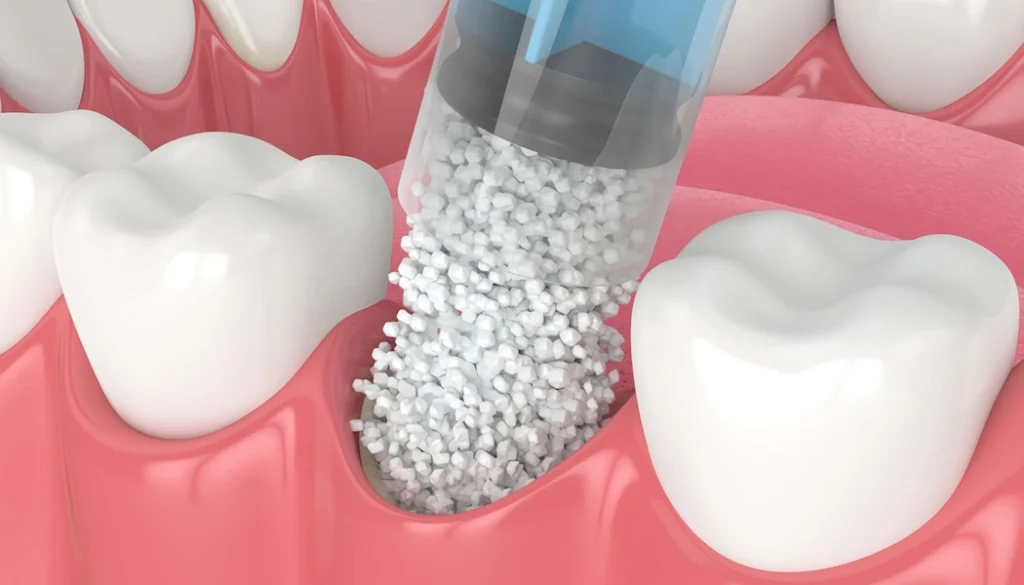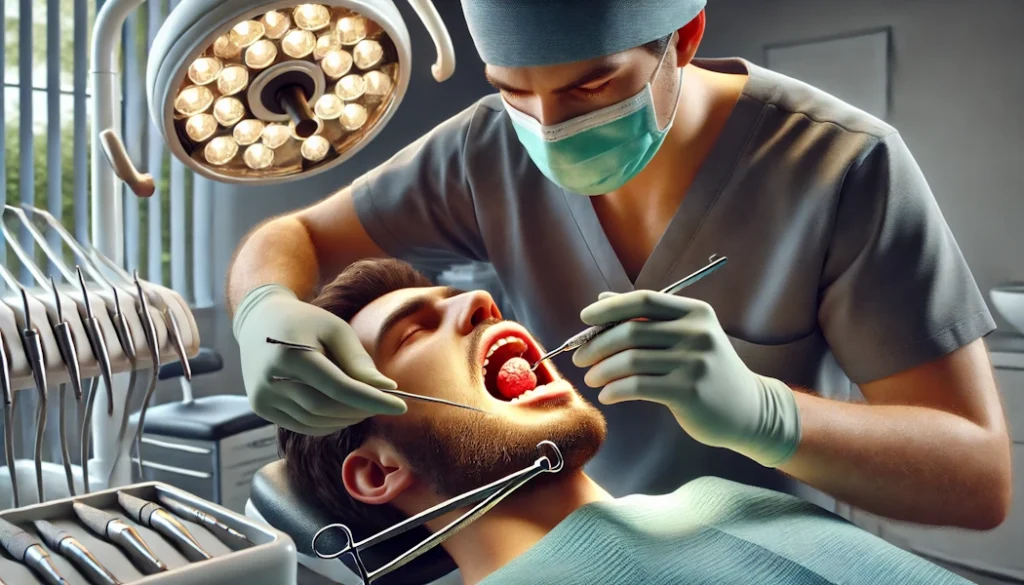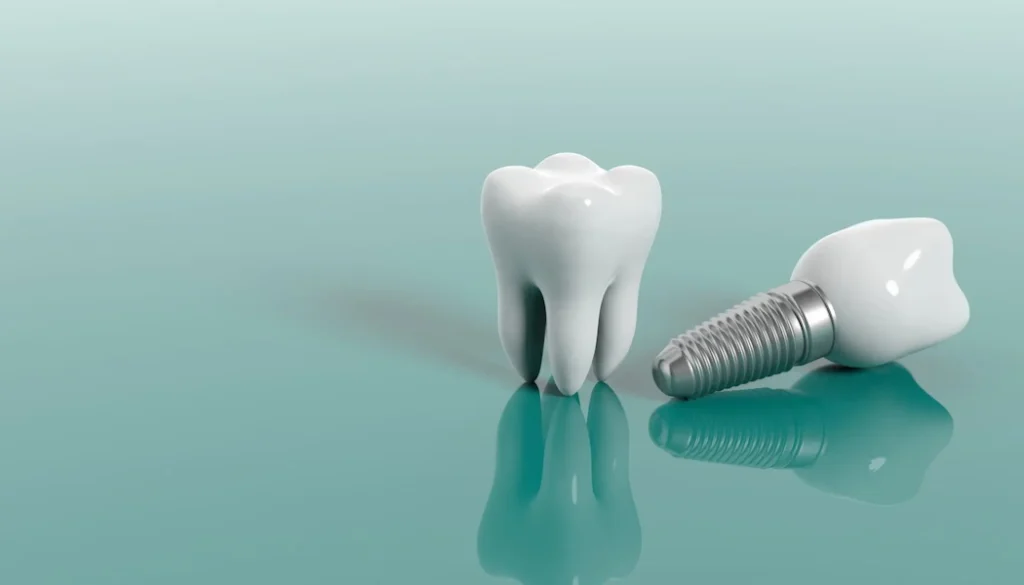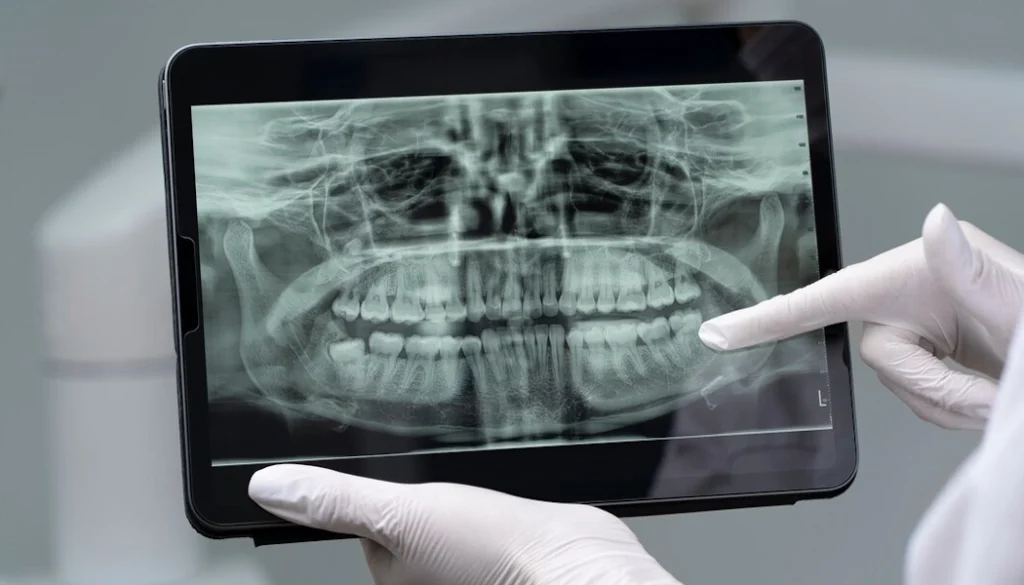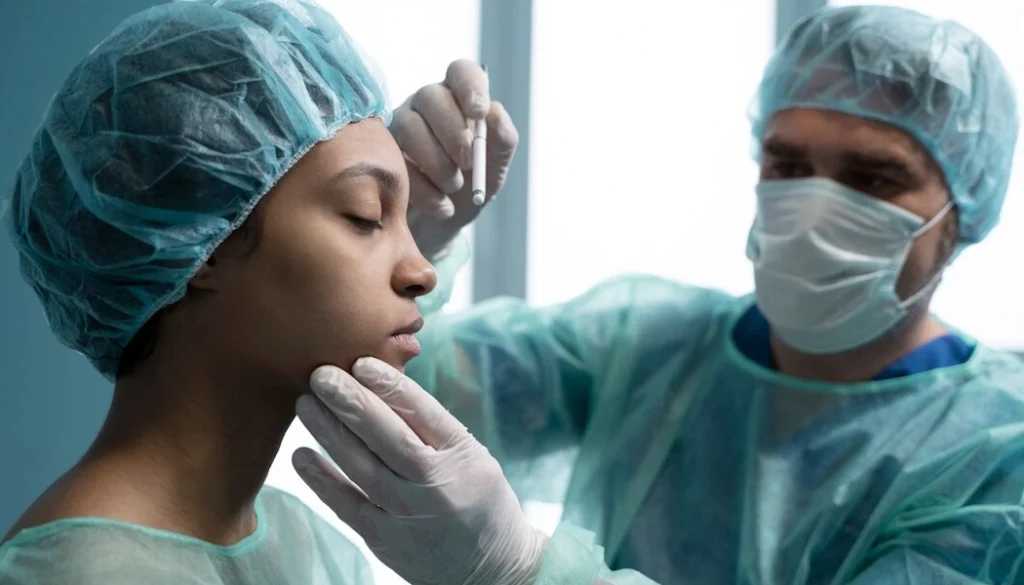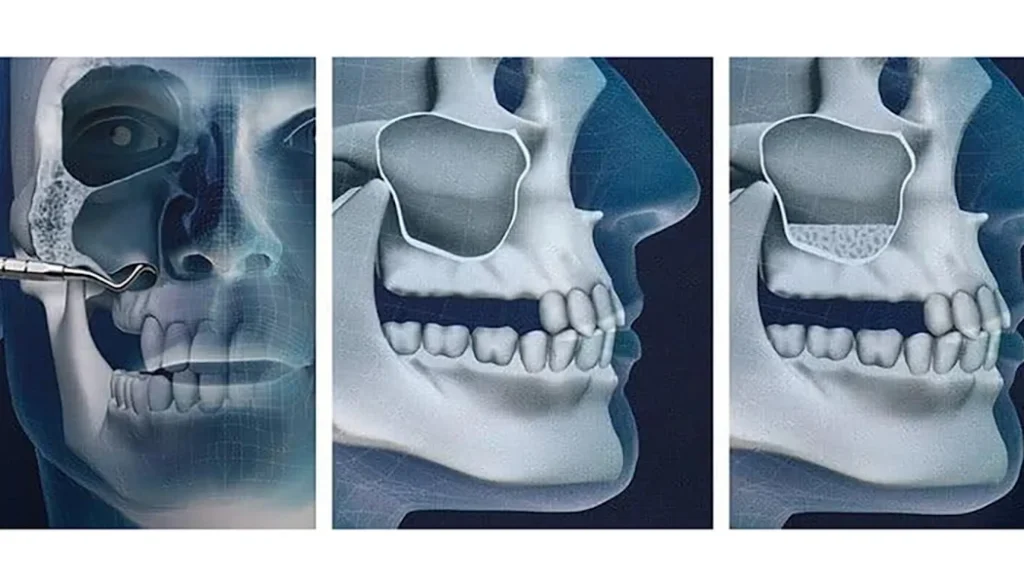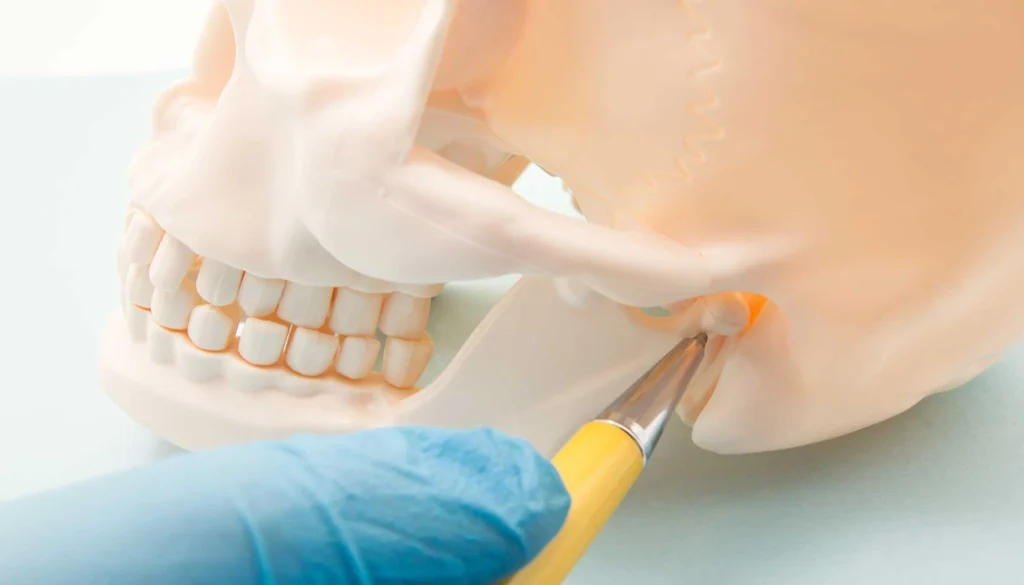A Comprehensive Guide
Impacted teeth are those that are unable to fully emerge from the gum line due to various reasons, such as lack of space, misalignment, or an abnormal angle. The most common example of impacted teeth are the third molars, also known as wisdom teeth, but other teeth can also become impacted. In cases where impacted teeth cause pain, infection, or other dental issues, extraction is often necessary. Dr. Halis Ali Çolpak, a skilled oral and maxillofacial surgeon in Antalya, Turkey, specializes in impacted tooth extractions, offering safe and effective procedures to ensure optimal recovery.
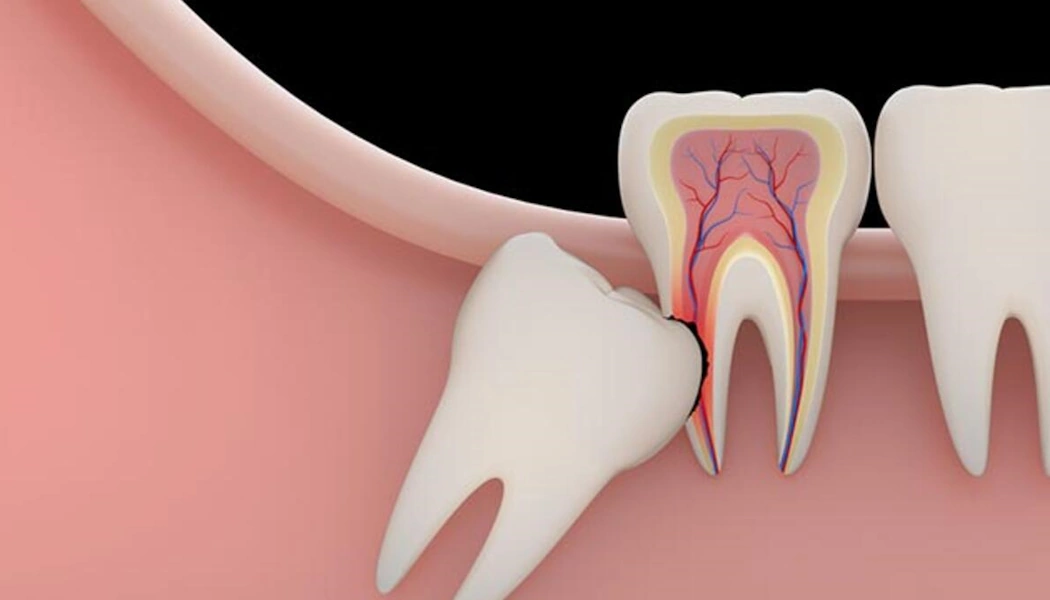
What Is an Impacted Tooth?
An impacted tooth is one that does not fully emerge into the mouth, either because there is not enough room in the jaw or because the tooth is angled incorrectly. Wisdom teeth are the most common type of impacted tooth, especially in adults, but any tooth can become impacted.
There are several reasons for a tooth to become impacted:
- Lack of space: The jaw may be too small to accommodate the tooth, leading to it becoming trapped beneath the gum line.
- Misalignment: The tooth may emerge at an awkward angle and not align properly with the other teeth.
- Overcrowding: If there are too many teeth in the jaw, some may not have enough space to emerge correctly.
- Genetics: Some people may have a genetic predisposition to impacted teeth, as their jaw size and shape may not accommodate the full emergence of their teeth.
Symptoms of an Impacted Tooth
Not all impacted teeth cause noticeable symptoms, but when they do, the following signs may occur:
- Pain or tenderness: Especially in the back of the mouth or near the jaw.
- Swelling or redness: In the gums surrounding the impacted tooth.
- Infection: If the impacted tooth causes an infection in the gums, it can lead to pus, bad breath, or an unpleasant taste in the mouth.
- Difficulty opening the mouth: Swelling or pain can make it difficult to fully open your mouth.
- Shifting teeth: If the impacted tooth is causing crowding, it may push on neighboring teeth.
If any of these symptoms are present, it is essential to consult a dentist or oral surgeon for an evaluation and to determine the appropriate course of action.
When Is Impacted Tooth Extraction Necessary?
Not all impacted teeth require extraction. However, an extraction may be necessary if:
- The tooth is causing pain or discomfort.
- The impacted tooth is leading to infection or gum disease.
- The impacted tooth is damaging surrounding teeth.
- The tooth is affecting your bite or alignment.
- It is recommended as part of your orthodontic treatment plan (for example, if your orthodontist determines that removing the tooth will help improve the alignment of your other teeth).
In some cases, the impacted tooth may be left alone if it is not causing any harm, especially if it is deep within the jaw and does not pose a risk for infection or damage to other teeth.
The Impacted Tooth Extraction Procedure
The process for extracting an impacted tooth generally involves several steps, which are performed under local anesthesia or sedation to ensure the patient is comfortable. The procedure can vary depending on the severity of the impaction.
- Consultation and Imaging: Before the extraction, the dentist or oral surgeon will conduct a thorough examination, including X-rays or 3D imaging, to assess the position of the impacted tooth, its angle, and its relation to nearby teeth and structures.
- Anesthesia: The procedure begins with anesthesia to numb the area around the tooth. Depending on the complexity, local anesthesia, sedation, or general anesthesia may be used.
- Incision: If the impacted tooth is beneath the gum line, a small incision is made in the gum to access the tooth. In some cases, part of the bone may need to be removed to fully access the tooth.
- Tooth Removal: The tooth may be extracted whole or in sections. If the tooth is difficult to remove, the surgeon may break it into smaller pieces to make the extraction easier and less invasive.
- Cleaning the Area: After the tooth is removed, the area is cleaned to ensure that no debris is left behind, which could lead to infection.
- Stitches: In some cases, stitches are used to close the incision site. These stitches may dissolve on their own or need to be removed in a follow-up visit.
- Post-Operative Care: After the procedure, you will receive instructions on how to care for the extraction site. This will include recommendations for pain management, swelling reduction, and maintaining oral hygiene.
Recovery After Impacted Tooth Extraction
The recovery process after impacted tooth extraction varies depending on the complexity of the procedure. However, most patients can expect the following:
- Swelling and bruising: It is common to experience swelling around the extraction site, which typically peaks within 48 hours. Applying ice to the area during the first 24 hours can help reduce swelling.
- Pain: Mild to moderate pain is normal after the procedure. Painkillers or prescribed medications can help manage discomfort.
- Bleeding: Some bleeding is common immediately following the extraction. However, excessive bleeding should be reported to the oral surgeon.
- Dietary restrictions: You will be advised to eat soft foods for the first few days and avoid hot, spicy, or hard foods that could irritate the extraction site.
- Oral hygiene: Keeping the mouth clean is important for healing, but you should avoid brushing the extraction site directly for a few days to allow the area to heal properly.
In general, full recovery may take a few days to a week, but it may take longer if the extraction was more complex or if additional procedures (such as bone grafting) were performed.
Potential Risks of Impacted Tooth Extraction
While impacted tooth extraction is generally safe, there are some risks and complications to be aware of:
- Infection: As with any surgical procedure, there is a risk of infection in the extraction site.
- Nerve injury: If the tooth is close to nerves, there is a slight risk of nerve injury, which may cause numbness or tingling in the lip, chin, or tongue.
- Dry socket: In some cases, the blood clot that forms in the extraction site may dislodge prematurely, leading to a painful condition called dry socket.
- Damage to nearby teeth: The extraction of an impacted tooth may sometimes cause damage to neighboring teeth or the surrounding bone.
While these complications are rare, it is essential to follow the post-operative care instructions carefully and contact your oral surgeon if you experience any unusual symptoms.
Why Choose Dr. Halis Ali Çolpak for Impacted Tooth Extraction?
Dr. Halis Ali Çolpak is a highly skilled oral and maxillofacial surgeon based in Antalya, Turkey, specializing in complex dental procedures, including impacted tooth extraction. With extensive experience and expertise in managing impacted teeth, Dr. Çolpak provides a personalized approach to ensure that each patient receives the best possible care. His clinic offers state-of-the-art facilities and a compassionate team that prioritizes patient comfort and safety.
Contact Dr. Halis Ali Çolpak for Impacted Tooth Extraction in Antalya
If you are experiencing discomfort from an impacted tooth, or if you need a consultation to assess whether extraction is necessary, contact Dr. Halis Ali Çolpak’s clinic in Antalya. With his expertise in oral and maxillofacial surgery, you can trust that you are in good hands. Reach out today to schedule a consultation and take the first step toward restoring your oral health and comfort.
